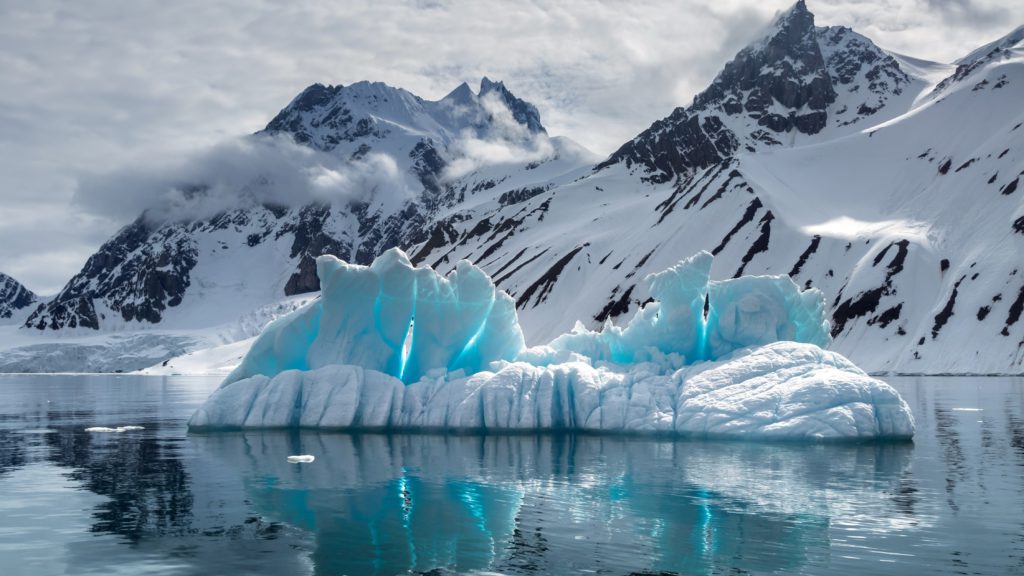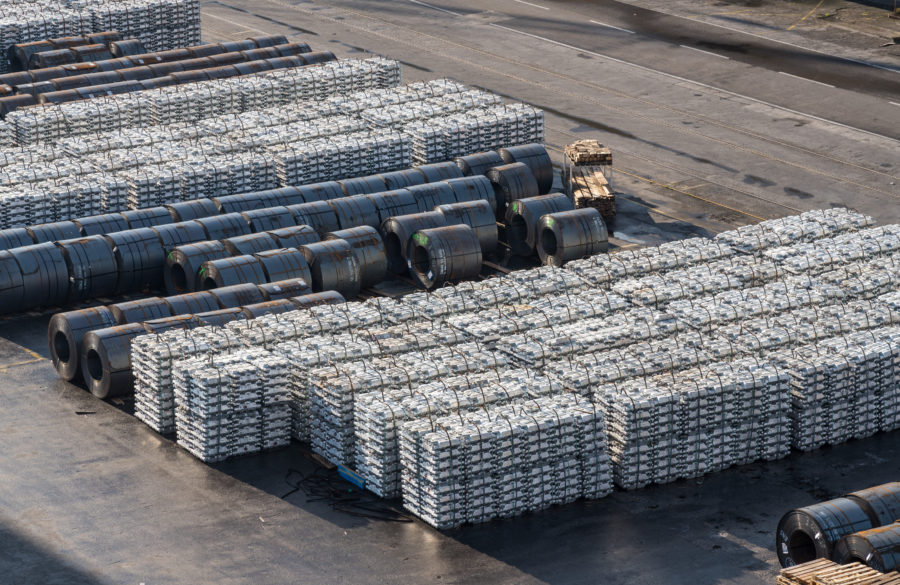Norway considers opening Germany-sized area to deep-sea mining

Norway’s government is gearing up to establish itself as a frontrunner in deep-sea mining, with plans to open an oceanic area nearly the size of Germany to extract essential battery metals from its sea floor.
The move comes as companies and nations shift their attention to the mineral-rich ocean floor, a valuable source of materials for smartphones and electric vehicles.
Most minerals are found in potato-sized rocks called polymetallic nodules, which are rich in cobalt, nickel, and other valuable metals.
The International Seabed Authority, an arm of the United Nations, has a deadline of July 9 to put together regulation before deep-sea mining begins following a clause triggered by the Pacific Island of Nauru in 2021.
Norway’s energy ministry aims to submit a proposal to parliament within the next two weeks, allowing exploration and extraction close to Svalbard, the Norwegian archipelago in the Arctic, the Financial Times reported. The plan would then face a parliamentary vote in the fall.
However, Norway is not without challenges in its pursuit of deep-sea mining. Fishing businesses and environmentalists have expressed strong opposition to the proposal.
Moreover, there is the risk of sparking disputes with other nations as the Svalbard Treaty grants Norway mining rights to the area along with Denmark, France, Ireland, Italy, Japan, the Netherlands, Sweden, Russia, the UK, and the US.
Norway argues it commands exclusive mining rights over a larger area of water there than Russia, the UK and the EU contend it does.
The proposed area contains volcanic springs that surge from the Earth’s crust, housing an estimated 38 million tonnes of copper—more than global annual copper production.
Norwegian Prime Minister Jonas Gahr Støre told the national newspaper Bergens Tidende that deep-sea mining can be conducted without harming ocean life. Environmentalists and scientists, however, refute this claim.
In a recent study focusing on the Clarion-Clipperton Zone (CCZ) in the Pacific Ocean, an area targeted for deep-sea mining stretching from Hawaii to Mexico, researchers discovered over 5,000 species, with the vast majority unknown to science.
“It’s critical that we address these data gaps so we actually can understand what species are there if mining happens,” said Muriel Rabone, a biologist and data analyst at the Natural History Museum in London and co-author of the study.
Rabone said the researchers estimate that at least 30% to 40% of CCZ species live on the nodules.
“They are most vulnerable to mining because if the nodules are removed you’re literally taking out their habitat, their house,” she said.
(With files from Bloomberg)
More News
China’s mining investment under Belt and Road Initiative sets new record – report
China's overseas mining investment under its Belt and Road Initiative hit another peak last year at $21.4 billion.
March 29, 2025 | 10:26 pm
Column: Europe’s future metals strategy hindered by current crisis
Chinese over-capacity and high energy prices have accelerated the long-term decline of European steel and aluminum production.
March 29, 2025 | 02:25 pm
{{ commodity.name }}
{{ post.title }}
{{ post.excerpt }}
{{ post.date }}



Comments